The major concepts that form the foundation of the Fourth Industrial Revolution (4IR) revolve around digital transformation and its key enabling technologies: Artificial Intelligence (AI), Blockchain, the Internet of Things (IoT), and Fintech.
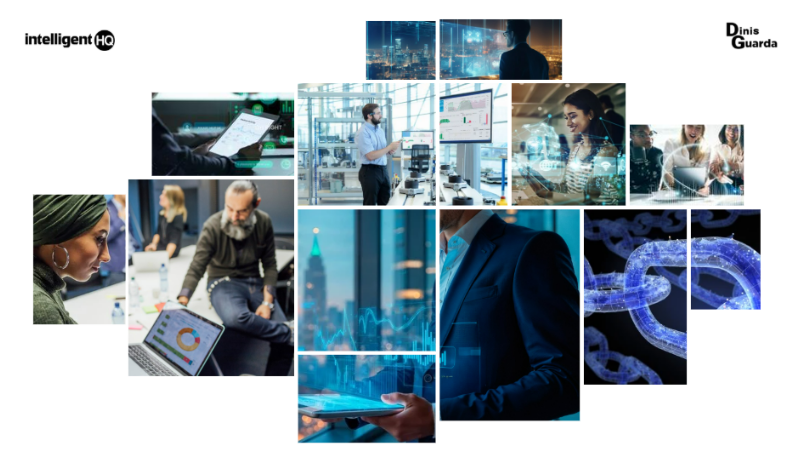
“The past cannot be changed. The future is yet in your power.” Mary Pickford
We live in a fast, disruptive, technology-driven world where concepts like digital transformation and Industry 4.0 (4IR), AI, Blockchain, IoT, and Fintech influence everything we do as individuals and in the shaping of our cities and countries. This is a world filled with promise and opportunities but also many challenges.
The Fourth Industrial Revolution was defined by Klaus Schwab (2018) as the fourth major industrial era since the initial Industrial Revolution of the 18th century. It is characterised by a fusion of technologies that blur the lines between the physical, digital, and biological spheres, collectively referred to as cyber-physical systems.
What is driving the 4IR are data-driven technologies that have the potential to radically change our economic models, increase productivity, and improve our lives. The 4IR results from an increasingly rapid digital transformation happening worldwide. This digital transformation has brought many evident benefits but is now entering a second stage, one that presents a new set of important challenges. Among these challenges are the growing awareness of how our economic activities impact climate change, as well as the disruption of jobs and the transformation of what we understand as work.
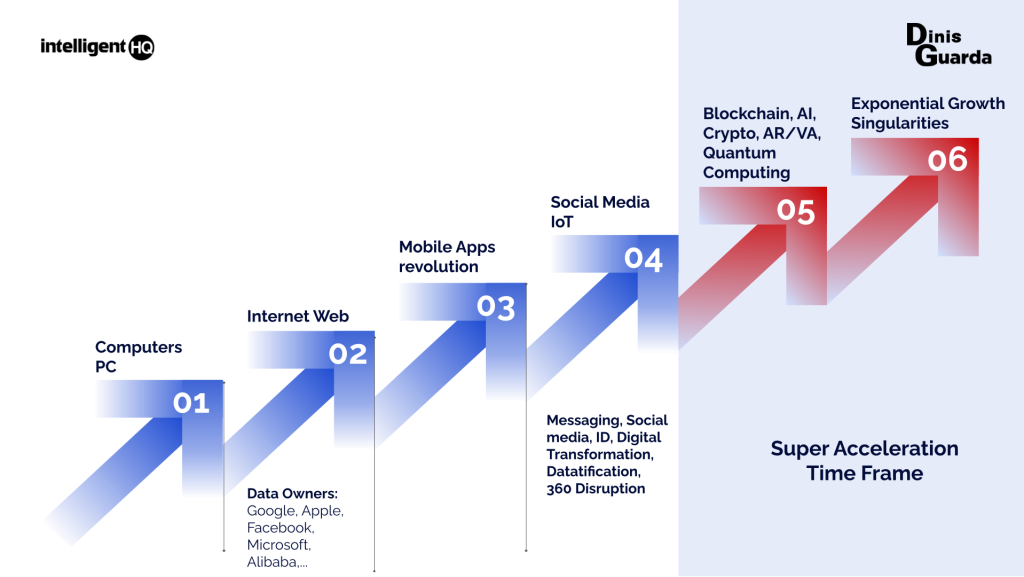
2018 was an annus horribilis in terms of global climate catastrophes. It is irrefutable that the present economic system and human action are triggering changes in the climate. On the other hand, 4IR’s most praised asset is its ability to increase productivity. But what kind of productivity are we talking about? Do we want productivity at all costs, with its implicit externalities, such as its impact on climate change? Or are we able to pursue productivity more sustainably, mindful of the waste it produces? Can the 4IR enable us to shift to more beneficial economic systems, such as the circular economy?
Another important risk of the 4IR is its effect on what we now understand as jobs/work. We have already seen how the way we work and live has changed dramatically over the past few decades, and this will only increase. Initially, 4IR will primarily impact machine operators and food workers, but job loss is expected to extend across various sectors. This development has sparked significant public concern, and governments and nations can no longer ignore this challenge.
A world governed by digits: Digital transformation
Even if we do not think about it, our world is governed by digits. The smartphones we all carry in our pockets are small digital machines packed with powerful chips, coded in ones and zeros. These computational devices have reduced in size incredibly over time, but their capabilities continue to expand exponentially. This journey began with the invention of the first digital calculating machine during the 1940s, followed by the development of subsequent computers and the invention of the internet, which shaped the world as we know it today. The web and its devices became the core instruments around which we govern our lives, impacting the way we live, work, and relate to each other. These technological evolutions have disrupted many of our existing systems and behaviours, while heavily challenging business models, governance processes, and social dynamics.
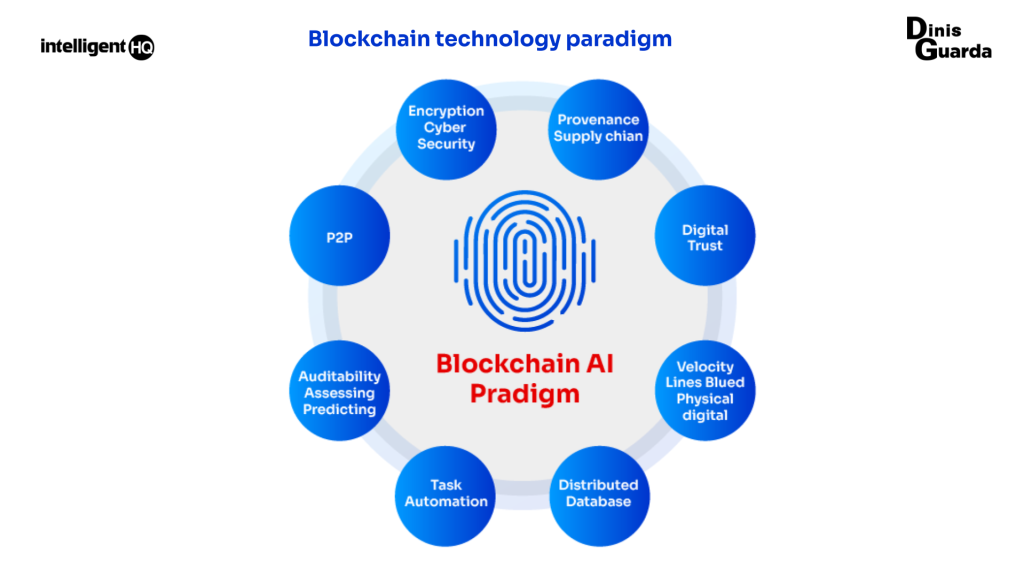
What is digital transformation?
What we just described is known as “Digital Transformation.” What triggered it was the increasing digitisation of the world. One way to define digital transformation is as “the novel use of digital technology to solve traditional problems” (Lankshear, Colin; Knobel, Michele, 2008). Another definition comes from Shahyan Khan, who analysed the societal effects of digitalisation (Khan, 2017). According to Khan, digitisation (the technical conversion), digitalisation (the business process), and digital transformation (the effect) all contribute to accelerating and illuminating ongoing global processes of societal change. This transformation impacts business models, consumption patterns, socio-economic structures, legal frameworks, organisational patterns, cultural barriers, communication processes, and more.
The spread of digital transformation
The pace at which digital transformation occurs, and the degree to which it is embraced, vary considerably. However, digital transformation seems to have a life of its own. It is happening globally, particularly in Europe and the Western world, with an increasing number of developing countries joining in. Every year, the level of openness and interconnectivity in our economic and social activities grows. This is driven by increasing digitisation and the emergence of technology-intensive sectors shaped by globally hyper-connected marketplaces.
Impact on industries
According to recent research by McKinsey, sectors that will be most affected by digital transformation include Banking, Media and Entertainment, Pharma, Retail, Hospitality, Travel, Insurance, and the Public Sector (Brian Fox, Amit Paley, Michelle Prevost, and Nisha Subramanian, 2017). The impact of digital transformation is not only economic; it also questions our existing culture, communication models, and governance frameworks.
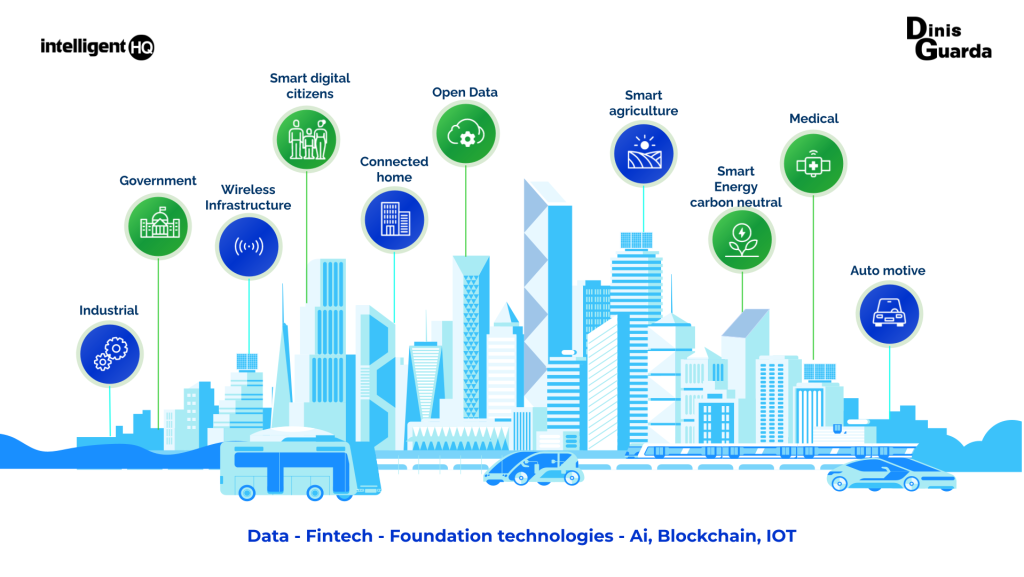
The third industrial revolution
Digital transformation is not a static concept. It has evolved quickly over the years, particularly with improvements in technology, especially the internet, which has fostered increasing digitisation. Jeremy Rifkin, a US economist and sociologist, described this evolution in his book The Third Industrial Revolution: How Lateral Power is Transforming Energy, the Economy, and the World (2011). Rifkin argued that technological shifts occur when new communication technologies, energy supply forms, and transportation mechanisms converge. This confluence of advancements accelerates efficiency, triggering profound societal shifts.
Technological convergence in industrial revolutions
- The first Industrial Revolution (19th century) was driven by steam power, letterpress printing, and railways.
- The second Industrial Revolution (20th century) was driven by electric communication, the combustion engine, and road transportation.
- The third Industrial Revolution is driven by the internet, renewable energies, and sustainable mobility.
Rifkin argued that developed economies could only increase productivity by adopting a connected architecture of data-driven technologies (cloud computing, AI, IoT) that improve energy efficiency in production and distribution. This shift supports a “low carbon economy” and prepares the world for the next industrial revolution.
Since the invention of the iPhone in 2007, the digitisation process has accelerated significantly, especially with the widespread adoption of smartphones. There are now more mobile phones than people, and this expansion in digitisation has resulted in a massive increase in data production. This data comes from sensors, actuators, and the Internet of Things (IoT). As the cost of sensors has decreased and bandwidth has increased, the amount of data being generated has escalated, further fueling developments in AI, Blockchain, IoT, and Fintech, which are now driving the 4IR.
The 4th industrial revolution
Klaus Schwab describes the 4IR as “a range of new technologies that are fusing the physical, digital, and biological worlds, impacting all disciplines, economies, and industries, and even challenging ideas about what it means to be human.” The 4IR is characterized by “velocity, scope, and systems impact,” and is disrupting industries worldwide, leading to the transformation of systems of production, management, and governance.
Key impacts of 4IR:
- A Supercomputer in Your Pocket
- Smart Cities
- AI and Automation
- Blockchain and Cryptocurrencies
- The Sharing Economy
- The Circular Economy
In business, the 4IR is expected to lead to:
- Transformed customer expectations.
- Products enhanced by data, improving asset productivity.
- New partnerships formed based on collaborative innovation.
- New operating models that are more automated and peer-to-peer.
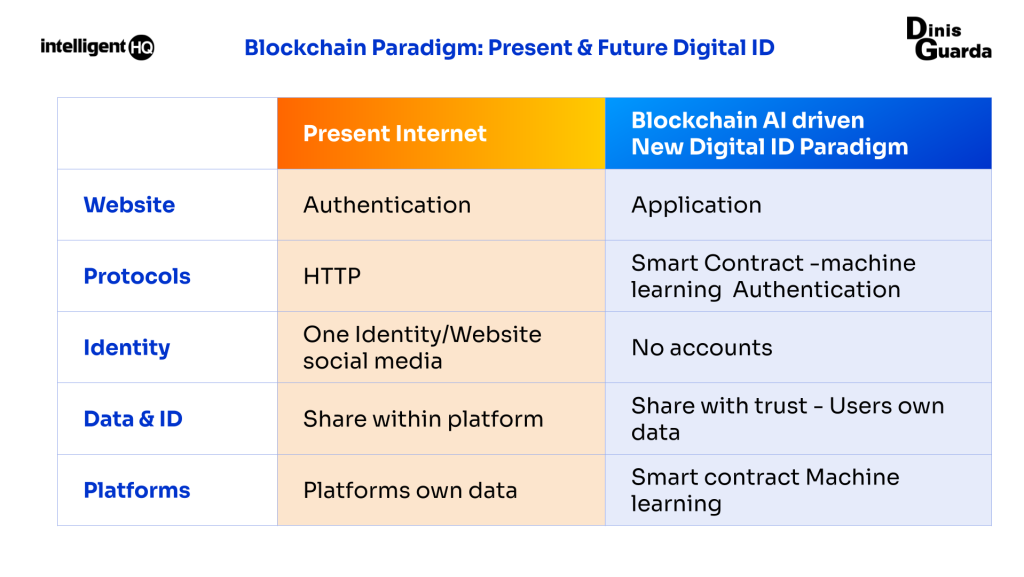
Four most important data-driven technologies shaping the 4IR
I. AI: The powerful search engine at the core of 4IR
AI can imitate intelligent human behaviour and is expanding rapidly across all areas of society. Innovations in AI, such as neurotrophic chips and quantum computing, are accelerating its capabilities, enabling it to handle massive data sets and perform simulations previously thought impossible.
II. Blockchain: The potential architect of the future internet
Blockchain is revolutionising how data is stored, verified, and shared across decentralised networks. Its transparency and security make it an ideal solution for storing large amounts of data, and it is increasingly seen as the future backbone of the internet.
III. IoT: Connecting matter with people
The IoT connects everyday objects and devices, enabling improved efficiency and innovation. The convergence of IoT and blockchain is creating new possibilities for communication and data management between devices.
IV. Fintech: The energy heart of the world
Fintech is transforming the financial sector by providing digital alternatives to traditional financial methods. Mobile phones have made it easier for people, especially in developing countries, to access financial services and participate in global economic activities.
Challenges of the 4IR
While the 4IR presents many opportunities, it also brings significant challenges, especially regarding job loss and security. Automation may lead to fewer new jobs in emerging industries, as studies by Oxford Martin University and McKinsey have shown. Additionally, cybersecurity concerns will escalate as more systems become automated and interconnected.
To navigate these challenges, ideas such as Universal Basic Income (UBI) and Basic Income Guarantee (BIG) have been proposed. These measures could help cushion the effects of job loss and ensure a more equitable transition into the future workforce.
Digital transformation, innovation, and legislation
Digital transformation and the 4IR are here to stay, and their impact will continue to grow. As technologies like AI, Blockchain, IoT, and Fintech converge, they will blur the lines between the physical, digital, and biological spheres. However, to ensure the benefits of these technologies outweigh their risks, careful planning and innovative legislation are required.
Countries like Luxembourg have set examples of balanced regulation that fosters innovation while ensuring safety. The key challenge for governments worldwide is to develop policies that encourage technological advancement while minimising risks such as inequality and environmental degradation.
The post Digital Transformation and Industry 4.0: AI, Blockchain, IoT, Fintech appeared first on IntelligentHQ.
Read more here: https://www.intelligenthq.com/digital-transformation-and-industry-4-0-ai-blockchain-iot-fintech/



